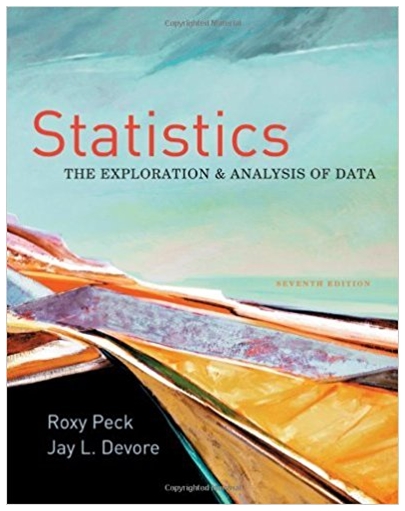With a bit of algebra, we can show that a. For what value of r is se
Question:
.png)
a. For what value of r is se as large as sy? What is the least-squares line in this case? r = 0, y^ = y
b. For what values of r will se be much smaller than sy?
c. A study by the Berkeley Institute of Human Development (see the book Statistics by Freedman et al., listed in the back of the book) reported the following summary data for a sample of n = 66 California boys: r ‰ˆ .80 At age 6, average height ‰ˆ 46 inches, standard deviation ‰ˆ 1.7 inches. At age 18, average height ‰ˆ 70 inches, standard deviation ‰ˆ 2.5 inches. What would se be for the least-squares line used to predict 18-year-old height from 6-year-old height?
d. Referring to Part (c), suppose that you wanted to predict the past value of 6-year-old height from knowledge of 18-year-old height. Find the equation for the appropriate least-squares line. What is the corresponding value of se? y^ = 7.92 + .544x, se = 1.02
Step by Step Answer:

Statistics The Exploration & Analysis Of Data
ISBN: 9780840058010
7th Edition
Authors: Roxy Peck, Jay L. Devore





